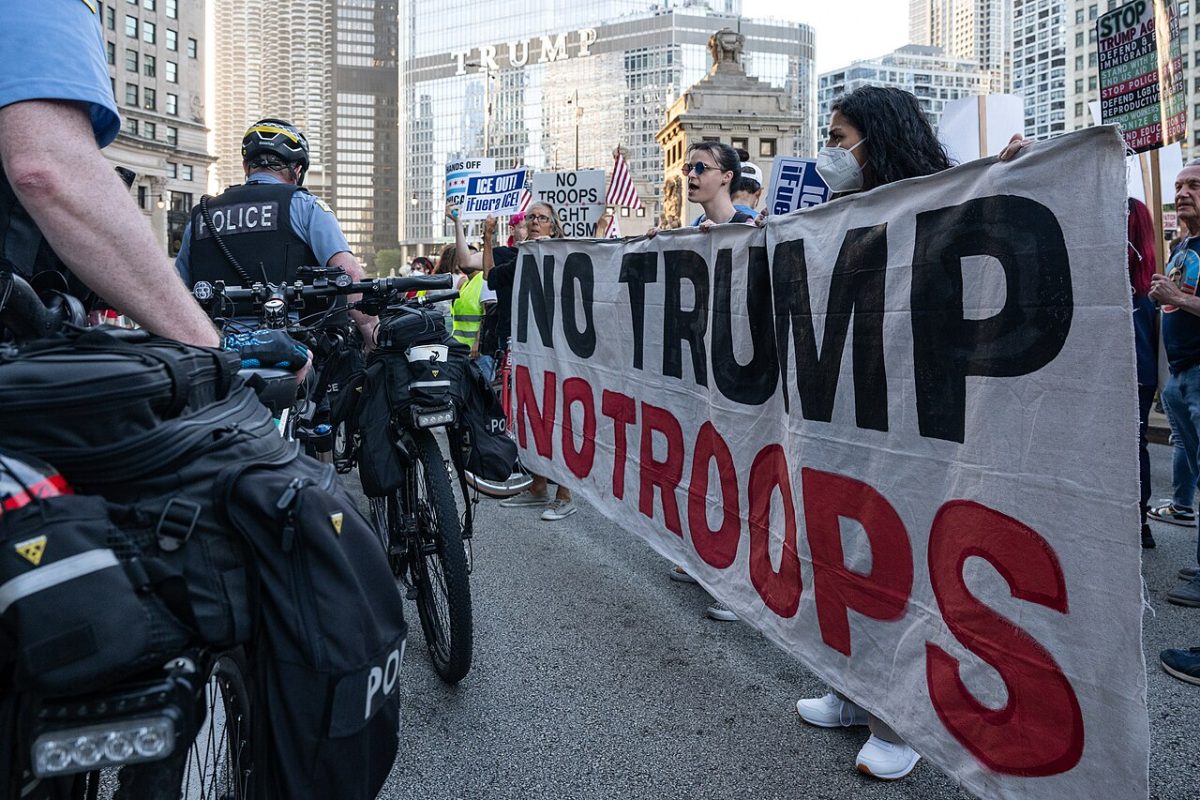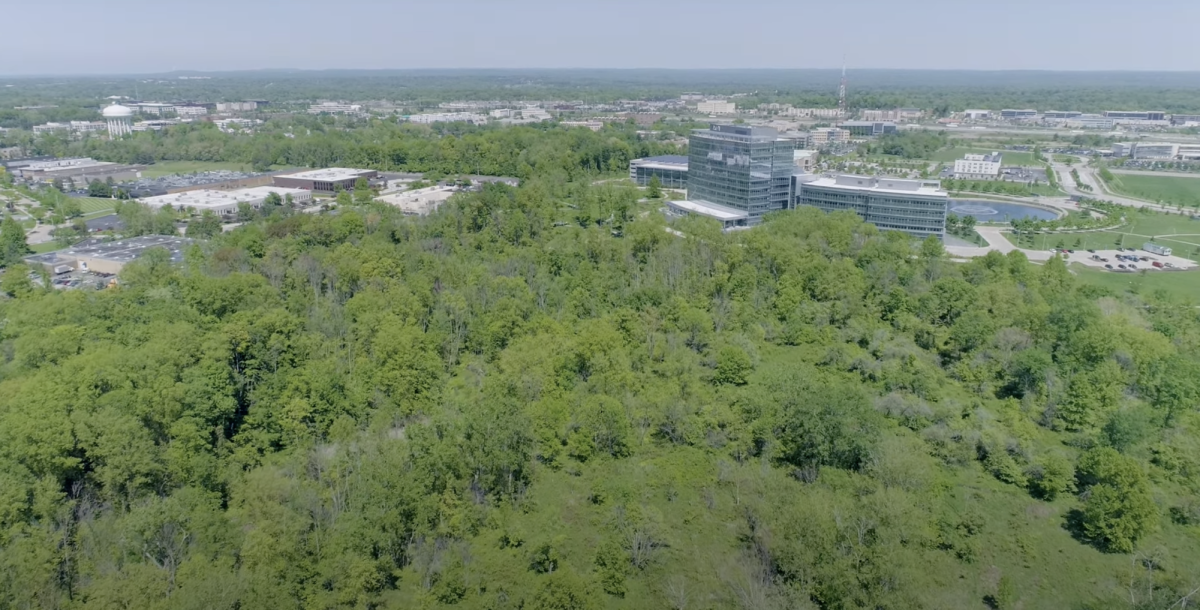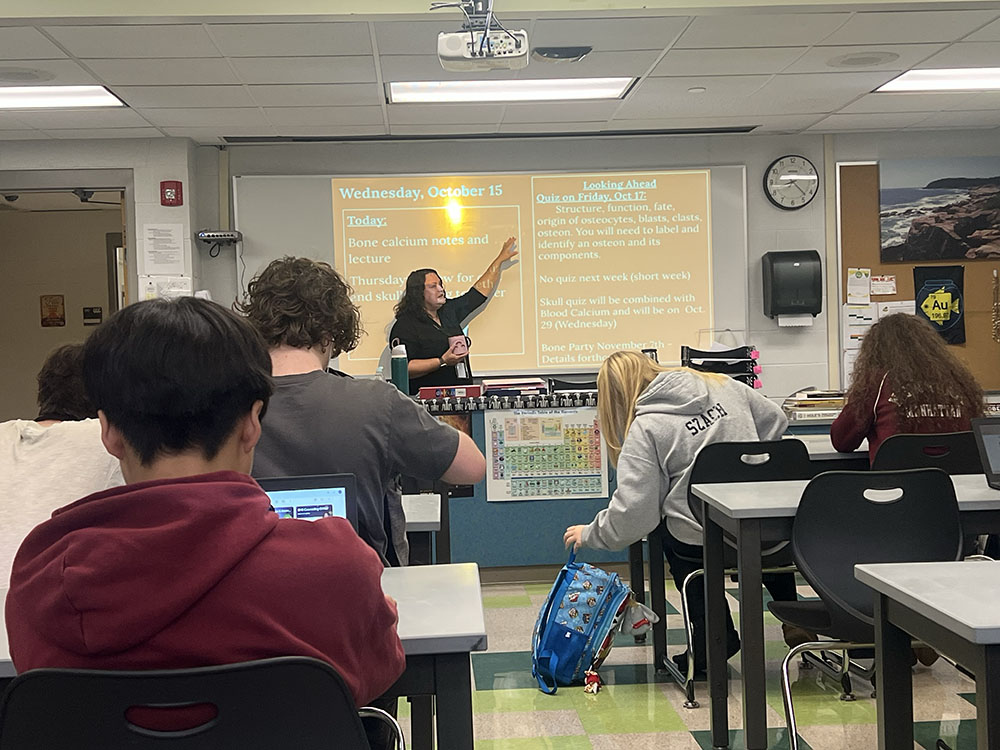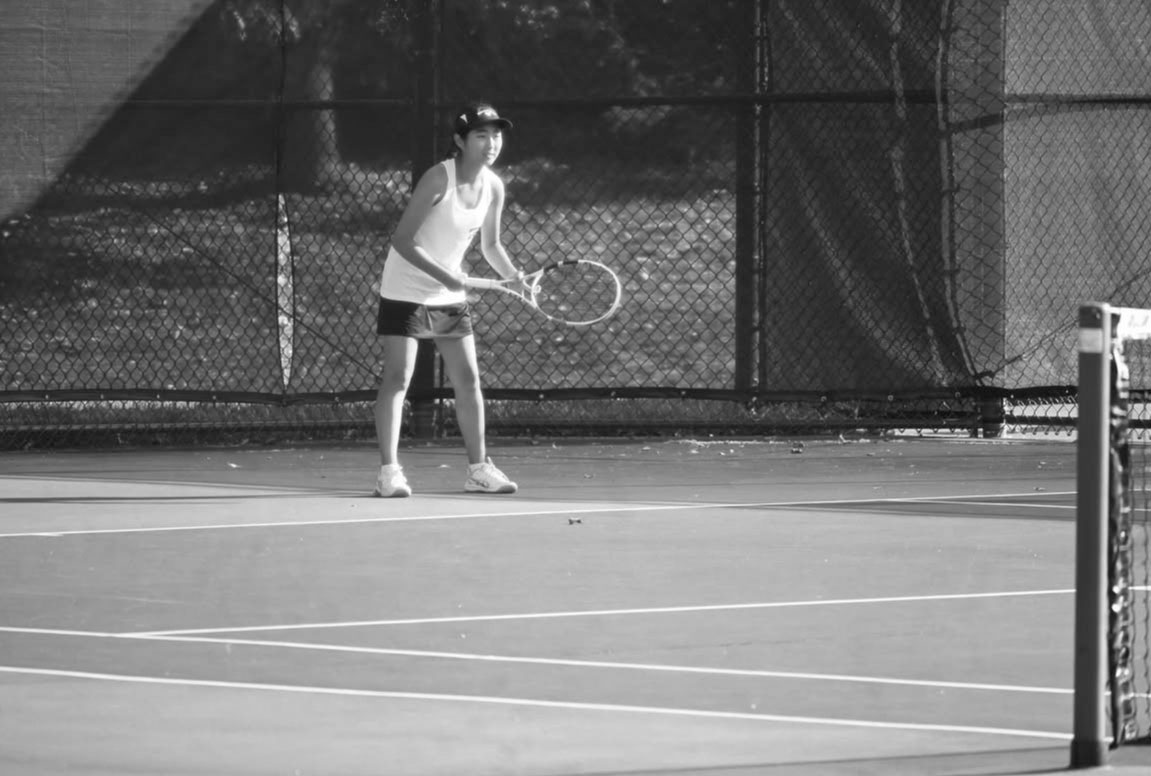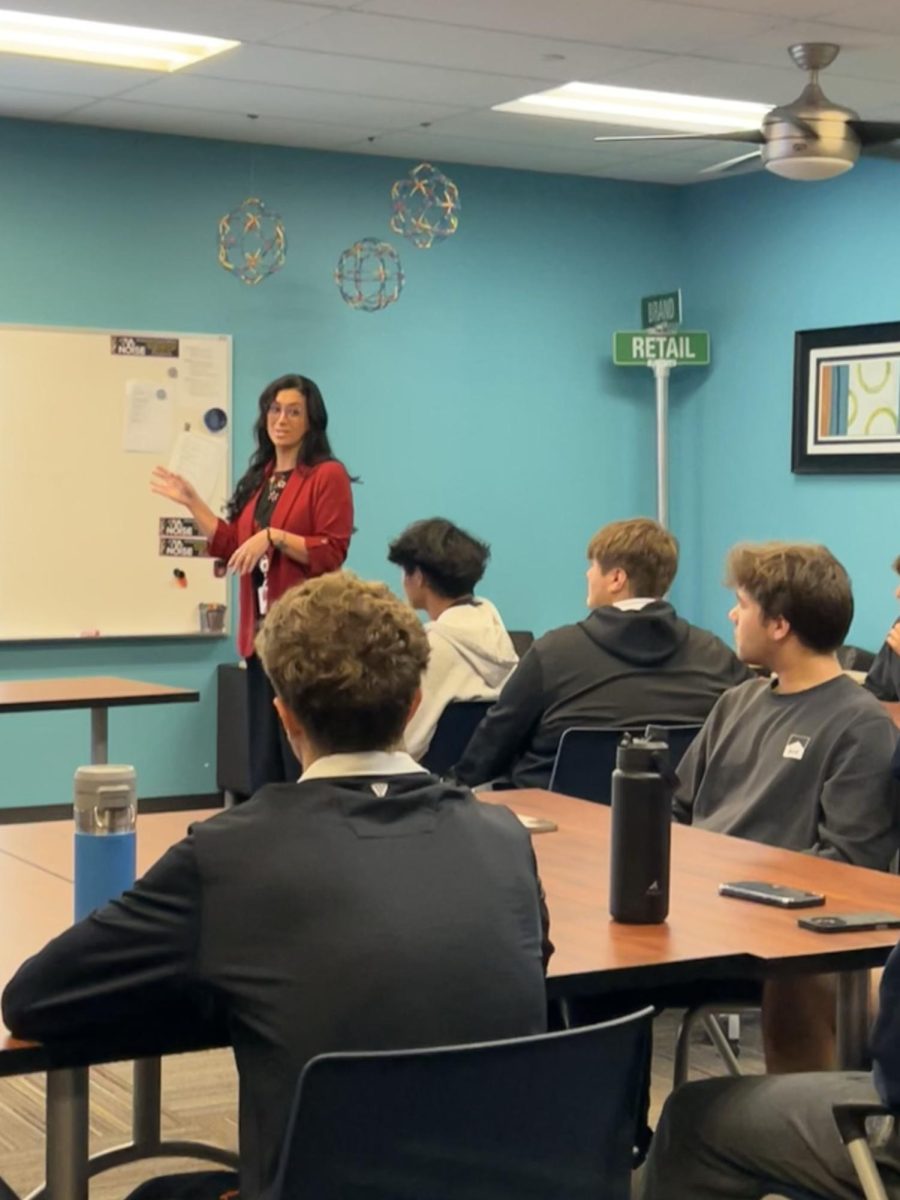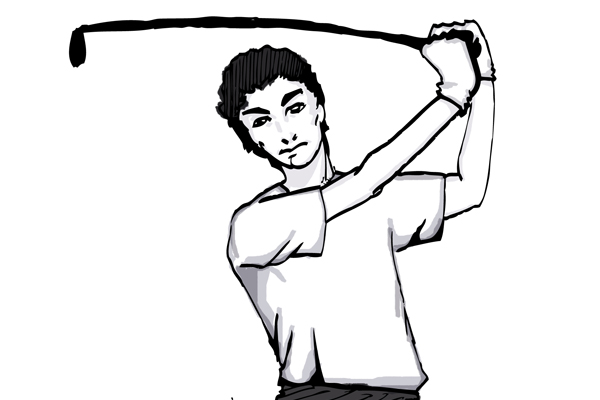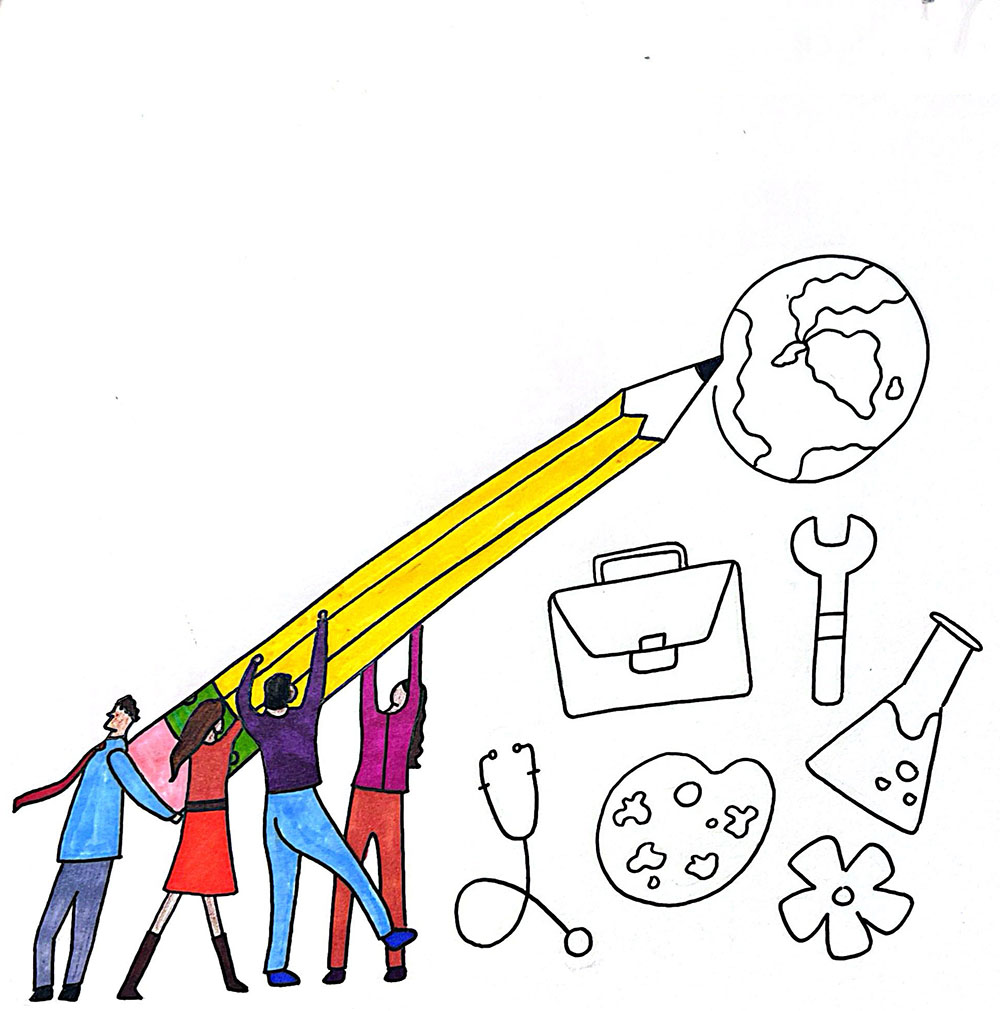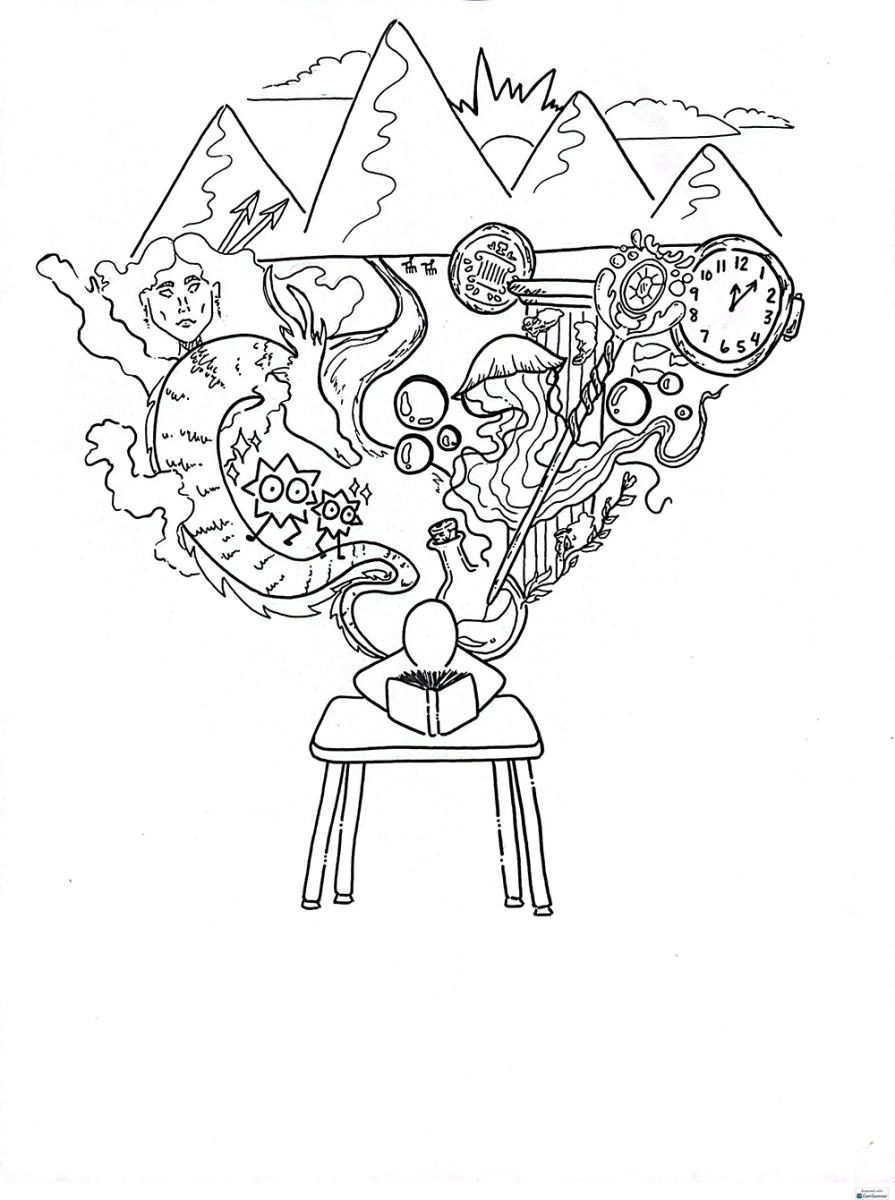Science Olympiad’s first competition was Saturday, Jan. 17 at Kenston.
The team placed 15th out of 35. BHS placed 1st in forensics, 4th in experimental design, 4th in write it do It, 4th in chemistry, 5th in astronomy, 5th in elastic glider and 6th in technical problem solving.
“This invitational was all about trying the variety of events that are available so that by the time regionals come around, people [can] better focus their interests,” said team captain Shravya Govindgari. “And I think in that regard this worked out great.”
Science olympiad is a club run by physics teacher Michael Lerner. Practices are held after school every Tuesday and Thursday. The team consists of 15 BHS students. There are 23 different events.
“Competitions are a full day of events,” said Lerner. “There are so many events going on at once, it’s crazy.”
Senior Lizzie Bream explained, “There are three main types of events: either you take a really hard test, do a lab, or build something.”
The team will compete in two more invitational competitions: Solon on Feb. 7 and Mentor on Feb. 16. They will also compete in a regional competition on Feb 23. If the team places high enough at regionals, they can advance to the state competition in April.
Last year the team came in 6th place at states. Lerner described this win as “shocking… but in a good way.”
According to the official science olympiad website, Ohio has 237 competing students. That makes it the 5th largest competing state. State level competitions are extremely tough.
“The hardest part of Science Olympiad is making sure you know everything for the competition,” said Govindgari. “There’s so much to know and no boundary on what they can ask you about your topic, so the questions can seem random.”
During competitions, the team will split up into groups of 2-3 people to compete in specialized events.
“To prepare for the tests we make cheat sheets with info, show it to our partner, and research the event” said Bream. “When we take tests, we are allowed a partner and the cheat sheet, so we try to fit as much information as possible.”
Govindgari has high expectations for the year. “We’ll do well because of the people who are dedicated” she explained.
“Best two teams are probably forensics and forestry. They both have really strong teams,” said team member Kiran Bangalore.
“There are a lot of really good freshman, and a lot of good people with potential,” said Bangalore.
“The kids in science olympiad tend to be shy as freshman,” Bangalore explained, “and as they take classes and learn more about science, they tend to peak their junior and senior year.”
“It’s a lot more fun than it sounds,” said Govindgari, who acknowledged that science olympiad students work very hard. She continued, “It’s easy to have fun because we love what we do, and no one is forcing us to learn anything. It’s all out of our own curiosity and interest. You can explore what you’re interested in. There are so many topics that there is something for everyone.”



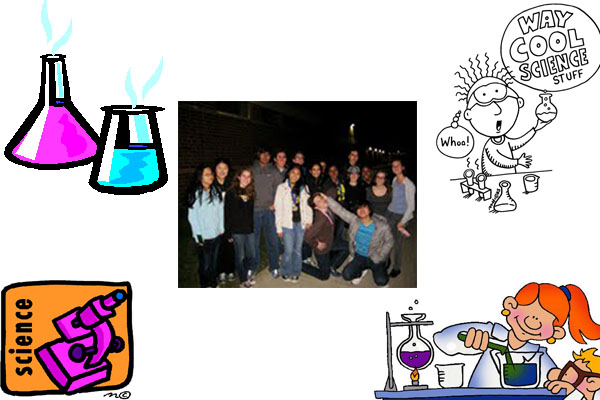
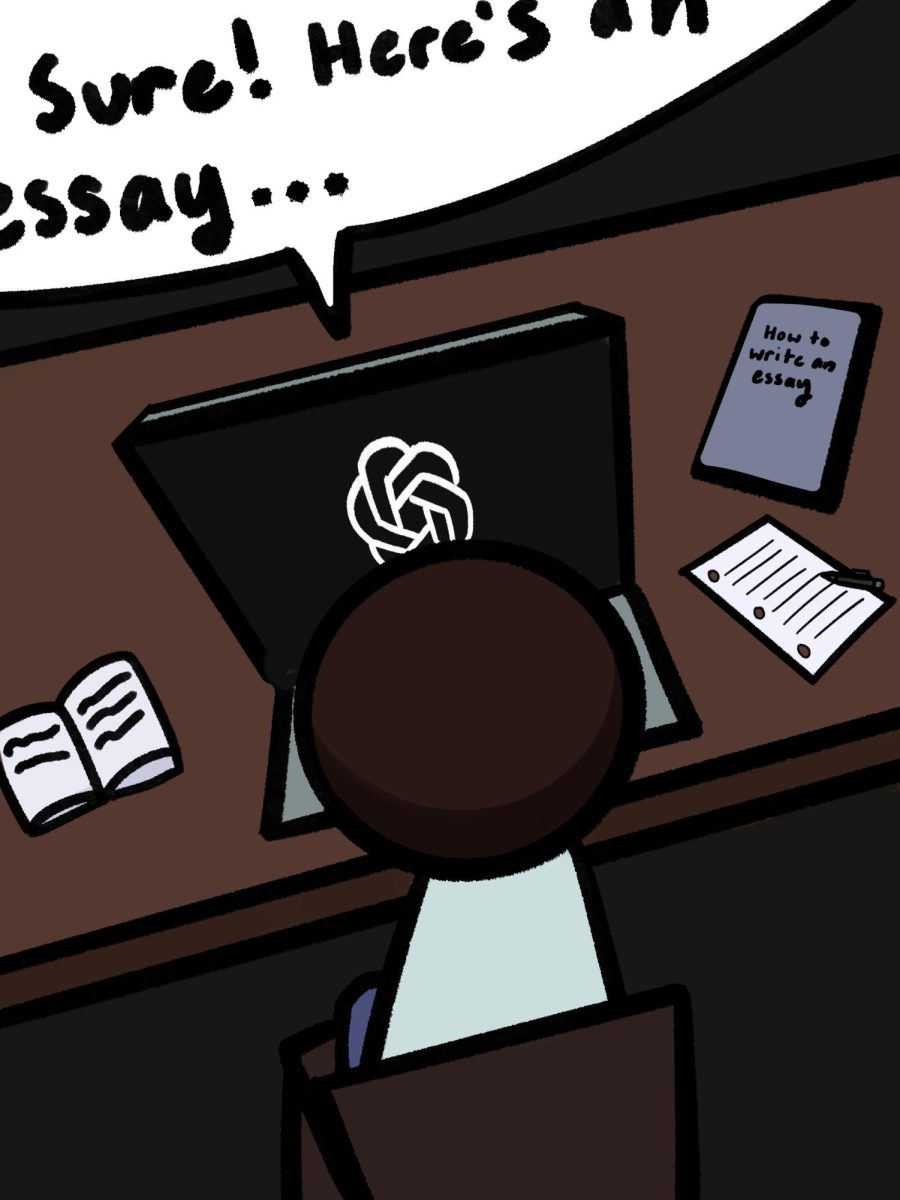
![“My parents have always said that education is important. My parents are Chinese immigrants, I'm Chinese American, [and that's a] value that has always been ingrained in our community,” said Senior Lyndia Zheng, pictured with Tony Zheng](https://bcomber.org/wp-content/uploads/2025/10/DSC_4244.jpg)

